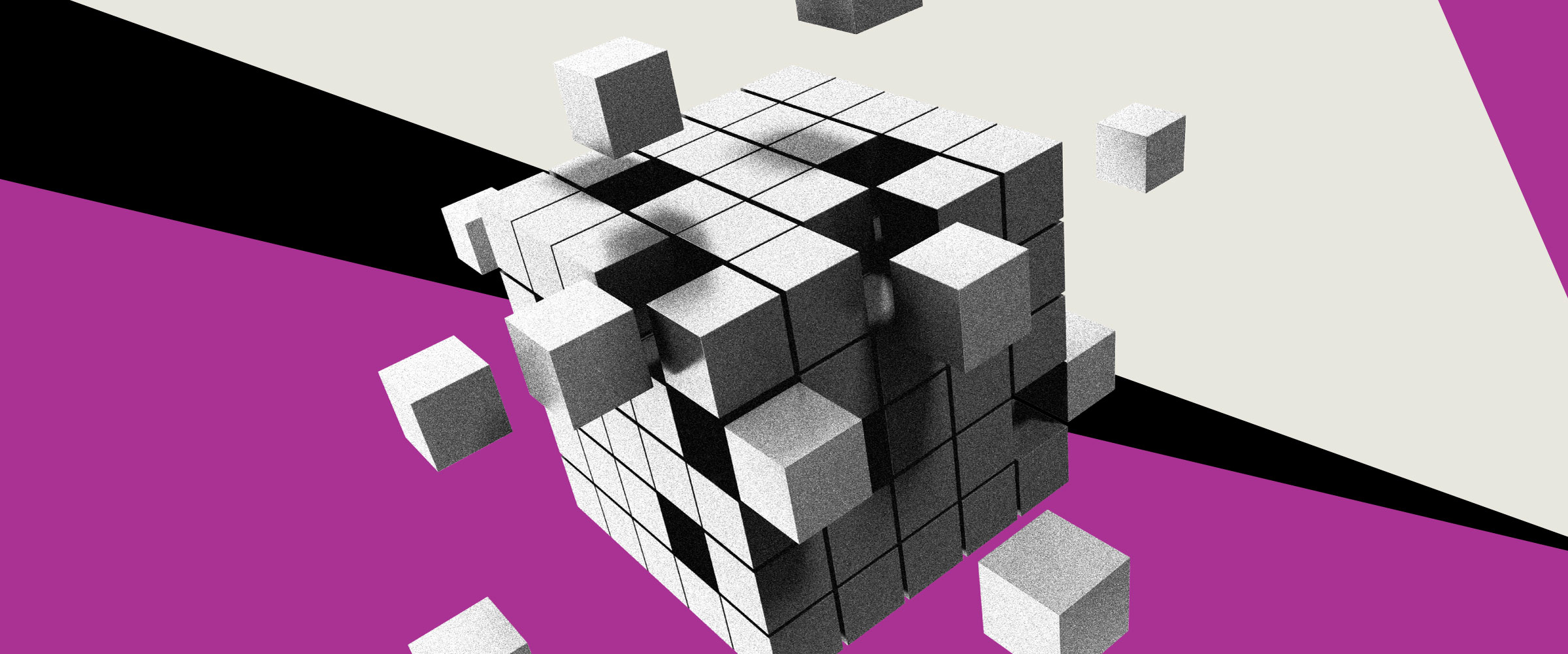Business today is plagued by a dangerous misunderstanding: we’ve mistaken differentiation, disruption, and transformation for strategies. But they’re not. They’re outcomes. They’re effects. And the more time leaders waste chasing them as if they are strategies, the faster their companies will lose relevance.
For decades, marketers have been sold a simple mantra: Differentiate or die. Stand out. Find your unique selling proposition. Be different. The problem? It’s not backed by how customers actually behave. Byron Sharp and the Ehrenberg-Bass Institute demolished the mythology of differentiation in How Brands Grow. Sharp’s research proved something most executives still refuse to accept: customers don’t buy “different.” They buy what’s easy to recall. They buy what’s mentally available.
Consumers are cognitive misers. They aren’t sitting around analyzing your brand manifesto. They’re making quick, easy, low-stakes decisions. The most compelling solution—not differentiation—is what makes brands grow. Think about it. You don’t switch toothpaste brands because one “stood out” in some profound way. You buy the one that you remember solved your problem when you’re standing in the aisle. The ‘mental availability’, as Sharp puts it, of that solution, not differentiation, wins. Differentiation isn’t a strategy. Differentiation is an outcome of the fundamental work involved in brand development, specifically the establishment of a brand that is readily identifiable and has earned the trust of consumers.
Somewhere along the way, disruption became a new religion. Everyone wanted to create the next Uber. The next Airbnb. The next Netflix. And like any religion, belief replaced reason. But if you actually read Clayton Christensen—the man who popularized the theory of disruptive innovation—you’ll realize something critical: disruption is the outcome of better customer alignment, not a goal in and of itself. The companies that disrupted markets didn’t set out to “disrupt.” They solved problems competitors either ignored or couldn’t solve. They reached people competitors also might have dismissed. They improved customer outcomes in ways incumbents couldn’t, or wouldn’t. Real disruption is earned, not claimed. It’s the fallout from focusing obsessively on what customers need and removing friction at every turn. You don’t disrupt by trying to disrupt. You disrupt by serving better.
The companies that disrupted markets didn’t set out to “disrupt.” They solved problems competitors either ignored or couldn’t solve. They reached people competitors might have dismissed.
Then there’s the corporate buzzword to end all buzzwords: transformation. “We’re transforming!” the press releases scream. CEOs love transformation because it sounds heroic. Board members love it because it sounds like progress. Consultants love it because it sounds expensive. But here’s the truth: transformation is not a strategy. It’s the byproduct of executing a real strategy well enough, for long enough, that it changes the company’s trajectory. Transformation happens when companies do the hard, slow work of solving customer problems, aligning teams, killing inefficiencies, and adapting relentlessly to the market. Not because they hosted a transformation offsite and printed new values on the lobby wall. If you have to announce that you’re transforming, you’re probably not.
So if differentiation, disruption, and transformation are outcomes, what’s the real strategy? Brand Positioning. And actually, De-Positioning, which is not about shouting that you’re unique. It’s about systematically making your competitors irrelevant by solving the customer’s most important problem—better, faster, simpler, or safer than anyone else. It’s evidence-based. It’s been there in every market domination story you admire. And it works because it’s rooted in how human decision-making actually works. De-Positioning doesn’t obsess over being different. It obsesses over being the best choice—because your competitors are no longer credible, trusted, or necessary. It’s the difference between a flashy street performer and a four-star restaurant. The street performer gets attention. The restaurant gets loyalty.
You don’t start with “let’s differentiate.” You start with “let’s solve the problem better than the rest.” You don’t start with “let’s disrupt.” You start with “let’s make our customers’ lives easier and better.” You don’t start with “let’s transform.” You start with “let’s execute so tightly that change is inevitable.” Outcome-chasing is a losing game. Solution-building is how you win.
Apple didn’t differentiate for the sake of being different—it de-positioned Microsoft as slow, corporate, and outdated. It de-positioned Google and Facebook as reckless data miners while it became the champion of privacy.
You think Apple built a $3 trillion company by shouting “Think Different”? No. Apple built itself by making other choices feel dumb, clunky, complicated, and unsafe. It didn’t differentiate for the sake of being different—it de-positioned Microsoft as slow, corporate, and outdated. It de-positioned Google and Facebook as reckless data miners while it became the champion of privacy. Apple didn’t just “transform” either. It executed a ruthless, customer-first strategy across product design, software, retail, service, advertising, and culture. The outcome was transformation. The strategy was solving customer pain points better than anyone else—permanently.
Most brands miss this because doing it right is hard. It’s easier to hire an agency to build a new logo and call it a differentiation strategy. It’s easier to pay a consultancy to run a transformation workshop and call it a day. It’s much harder to spend years deeply understanding your customers’ real problems. Much harder to commit your entire company to solving them, even when it’s painful. Much harder to make strategic sacrifices that scare shareholders but build moats customers can’t cross. De-Positioning isn’t about stunts. It’s about discipline. It’s boring until it’s brilliant. It’s invisible until it’s inevitable. And then—suddenly—you’re Apple. You’re Salesforce. You’re Volvo. You’re the brand people don’t even consider switching away from.
The market doesn’t reward brands for being “different.” It rewards brands for being the best solution to the customer’s pain. The market doesn’t reward you for disrupting. It rewards you for making the old choice feel obsolete. The market doesn’t reward you for transforming. It rewards you for solving real problems so well that staying the same becomes impossible.
In the end, every brand either de-positions—or gets de-positioned.
The choice is yours.



